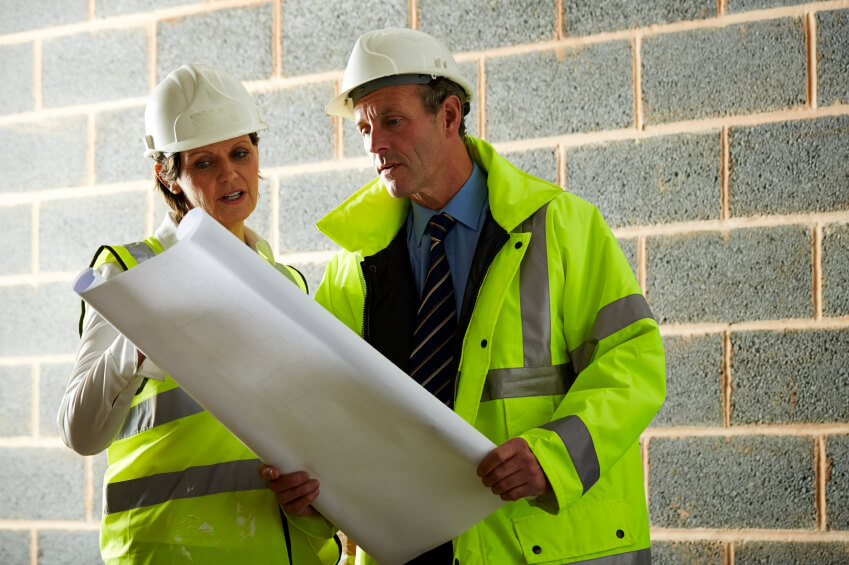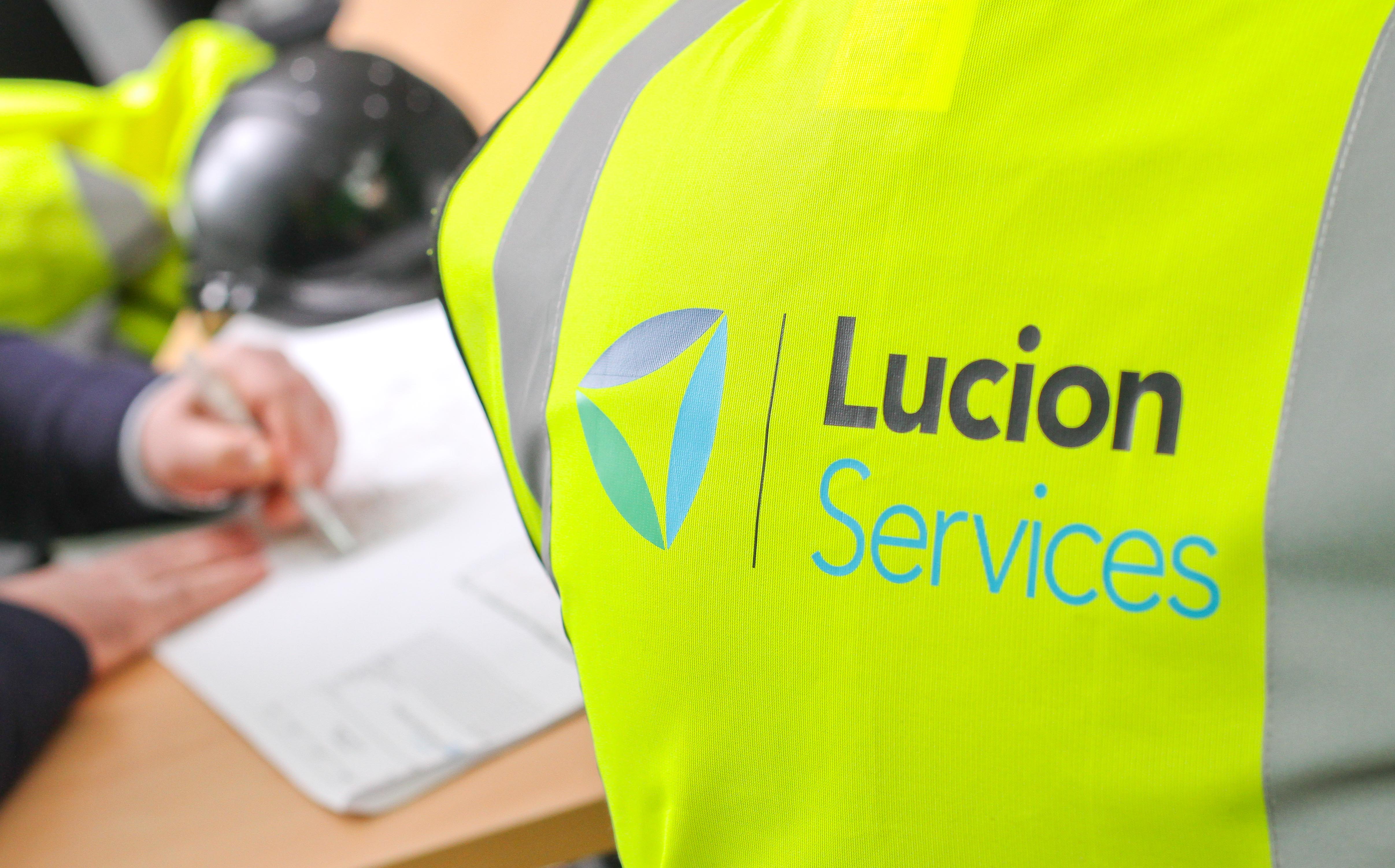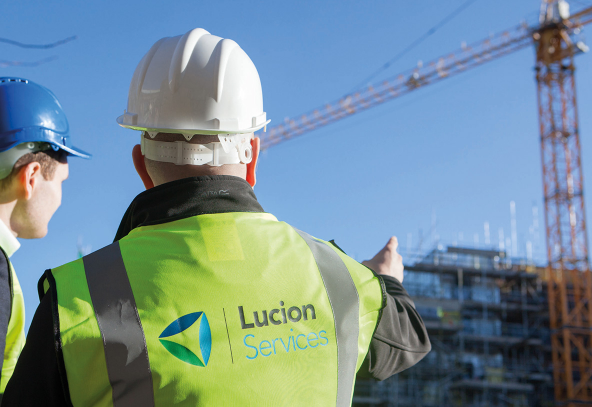YOU’VE HAD YOUR ASBESTOS SURVEY REPORT BACK, NOW WHAT?
25 March 2020
Steve Walker, Senior Consultant and Head of Asbestos Services at risk management specialists Lucion Environmental, discusses what to do next if your report highlights positive asbestos samples.
You’re about to start your modernisation project but, before starting any on-site work, you’ve been proactive about protecting your building occupants and site-teams by having an asbestos pre-refurbishment survey conducted by a trusted, accredited supplier. The asbestos survey report has come back showing positive, high and medium risk samples in multiple areas of your building. What do you do now?
The next stage is to decide your plan of action.
1.Encapsulate and manage your asbestos-containing materials
Depending on the scope of the refurbishment and the current condition of the asbestos, it may be safer and more cost-efficient to manage your asbestos-containing materials in-situ. This can be done through encapsulating the asbestos-containing material if required, with a substance that will resist the effects of degradation and protect against minor contact.
Once the asbestos-containing materials have been encapsulated, as the Duty Holder, you will be required to have your asbestos surveyed annually and assessed to ensure that it does not pose a risk to individuals within your buildings. Should any circumstances change in your buildings, such as a change of or increased occupancy, that would increase the risk of disturbance, you must ensure that the condition is assessed more frequently, or the activities and occupancy within the room are managed to ensure you are protecting individuals from airborne asbestos fibres.
2. Remove the asbestos
How long does asbestos take to be removed?
This is a question I am often asked by clients. Asbestos abatement/removal is part of a larger process in the asbestos management timeline. Providing there are no delays and dependant upon the material type and extent of the asbestos discovered, the average time between a client contracting the first asbestos survey prior to works commenced and the building being cleared for work can be up in excess of 45 days, meaning sufficient time and consideration within the planning phase of the project is required.
Asbestos removal is usually complex and time-consuming, with multiple steps, stakeholders and contractors involved.
When choosing an asbestos removal contractor, it is important to know which type of removal you are managing:
- Licensed Asbestos Removal – Licensable work with asbestos is higher-risk and can only be conducted by a licensed asbestos removal contractor
- Non licensed or Notifiable Non-licensed Asbestos Removal – Projects involving less risk (such as sporadic, low intensity and less risk of exposure) may not require a licensed contractor, but you will require a competent and trained contractor.
In recent years, there have been calls for the complete removal of asbestos from all public buildings, including schools, universities and hospitals to negate the risks of deteriorating asbestos that could release deadly asbestos fibres if disturbed. Unfortunately for many older buildings, due to the nature of their design, this may require complete demolition in order to facilitate asbestos removal, which could be costly and not feasible in the short term.
Whichever option, it is important to proactively manage your asbestos risks and achieve compliance with the Control of Asbestos Regulations (CAR) 2012. Asbestos exposures are preventable when the correct course of management action is taken. Before deciding on your next steps, it is imperative that you attain an Asbestos Management Plan (AMP) (even if you are planning on having the asbestos removed, you need an AMP to demonstrate you have taken action).
Asbestos Management Plans
An Asbestos Management Plan (AMP) is a written plan detailing how you, the duty holder, will manage asbestos risks within your buildings and assets constructed pre 2000. The items detailed in your asbestos survey will form the foundations for this plan. AMPs are a legal requirement for all workplaces liable to contain asbestos under the Control of Asbestos Regulations 2012.
Want to know what your Asbestos Management Plan should cover, what considerations you need to make before conduction your AMP, and how often you need to review your AMP? Click here to read more and access our free Asbestos Management Plan Checklist.
As part of the UK’s leading asbestos inspection, testing, and consultancy, Lucion Consulting, named ‘Best Risk Management Consultancy 2019’, offers tailored solutions to help you to achieve compliance. We can help you to manage and take control of your asbestos risks.
Author
Steve Walker, Senior Consultant, Head of Asbestos Services, Lucion Consulting
10 Steps To Asbestos Remediation
Puzzled by what is involved in the asbestos remediation process? Read our quick 10 step guide to your asbestos remediation project.
_1.png)
Download From NexGen
Tool Box Talk: Asbestos Awareness
As part of Lucion’s Take Care Be Aware initiative, we actively take care of our health and safety responsibilities, with continuous awareness of our commitments to knowledge share and educate.
In doing so we have created a ‘toolbox talk’ on asbestos awareness to raise awareness of the hazards associated with asbestos-containing materials, enabling safety professionals to share knowledge and overall save the time and effort in producing them for you and your teams.
_2.png)
Download From NexGen
Asbestos Management Plan: 12 Step Checklist
Struggling to get started with your Asbestos Management Plan? Download our free 12 step AMP Checklist Guide and take the first step to safeguard your teams, contractors, and reputation.
No Sign-Up Required


 NexGen
NexGen











